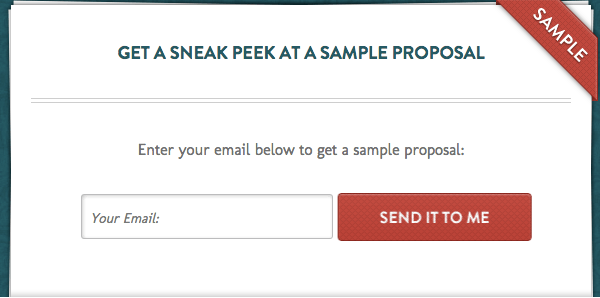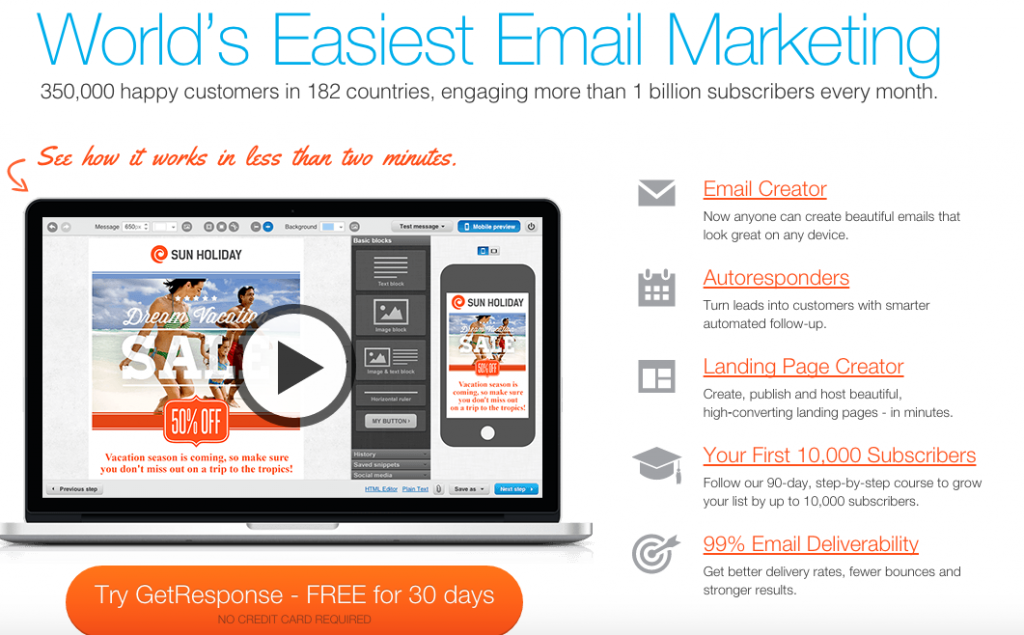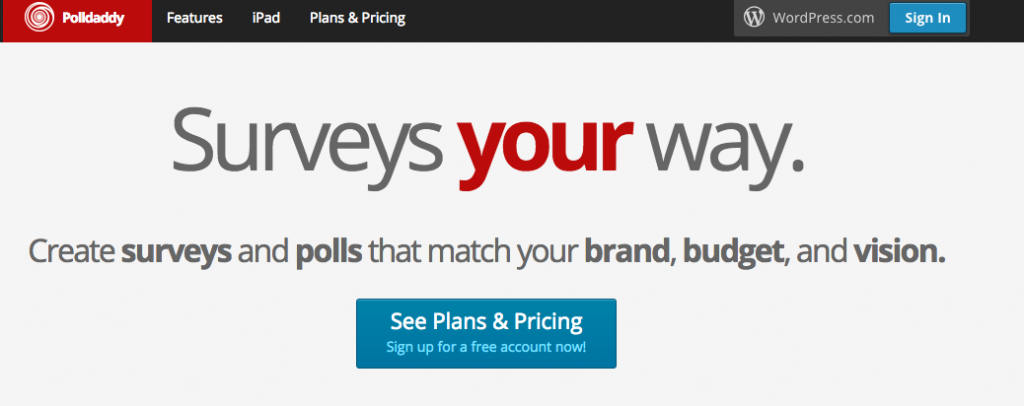By Karol Krol
Oh look … a squirrel!
It’s easy to get distracted when doing any sort of promotion online.
It’s also easy to make a very common mistake, purely because it seemed like a good idea at the time.
And that’s what we’re talking about today. More specifically, we’re talking about the seven ways not to do email marketing.
Plus, we’re also listing the fixes—the things you absolutely should do.
Seven Ways Not to Do Email Marketing
Thinking People Will Just Subscribe
Just putting a subscription form on your site and asking people to give you their email address won’t work. These days—in the age of heavy email spam—people aren’t that keen on trusting businesses with their email addresses, so if there’s no good reason, they won’t give you their info.
Fix: Offer an incentive. Give people a free gift in exchange for the subscription. This can be a pack of resources, a discount on your products, even a quick how-to guide on ways to fix the main problem that they’re struggling with.
Example: See this page over at Bidsketch. Right in the center, there’s a subscription form. But instead of begging the visitor to leave their email, it offers an enticing resource – a sample client proposal—something that’s highly valuable if you’re a freelancer or run an agency of any kind.
(Also, try any of these hacks to grow your list quickly.)
Sending Only Promotion
This is the biggest mistake of them all that I see businesses make over and over again.
On one hand, I get it, you want your customers to know what you have on offer this week. But, on the other hand, you have to look at it from the customer’s point-of-view, as well. And that is they simply don’t want to be blasted with one promotion message after another.
Fix: Give them a break. Start sending links to resources that cater to their needs. Granted, this requires you to invest some of your time in building those resources and publishing them on your blog, but in the end it’s worth it.
What can you send them? How about reviews and comparisons. Those are always a viable thing in any niche.
Example: You can compare yourself to your competition, or compare a couple of popular products on the market (like this comparison of the top ecommerce platforms), or talk from your own experience and share what has worked for you personally (like my comparison of to-do list tools).
Sending Emails by Hand
Back in the day, you could just fire up your standard email software—such as Outlook—and send a batch of email manually. A perfectly viable solution, from a technical point-of-view.
However, it’s not the most effective one for commercial email, I’m afraid.
Mainly, by doing things this way, you’re risking getting your whole email address black listed by spam filters. What this means in plain English is that, over time, your emails will simply stop getting to their destination (they will be fished out by spam filters).
Fix: Use a quality email delivery service. Services such as GetResponse (among others), give you access to a dedicated email tool that’s designed specifically for small business use. Most importantly, they make sure your email always gets to its destination, so you can stay on good terms with spam filters (as long as you’re not sending spam, of course).
Using Bad Email Designs
Email, as a concept, isn’t the most exciting thing (not to call it boring). But if you put bad design on top of it then it really becomes unbearable to your subscribers/customers.
These days, there are basically only two paths when it comes to sending email:
- Send plain text emails; or
- Send email built with custom newsletter design tools.
Fix: Continuing with GetResponse as my example, they have a nice tool for building responsive emails on top of out-of-the-box designs. The designs themselves are always modern-looking and will perform well on all devices (including mobile). Other email delivery services should have similar tools too, so feel free to browse around.
Sharing Only Your Own Content
Let’s get back to the content thing for one more minute.
Sending emails about yourself, or about what your business is doing, is all fine and dandy to some extent. But it can become rather tiring very quickly.
Just think about it. Every one of us has this friend who can’t stop talking about themselves. Sure, you hang out, but do you really like that person all that much? Aren’t they a bit annoying?
Exactly.
Fix: Talk about other people/businesses, too. As simple as this.
Specifically: Link to other people’s content, talk about other products, talk about conferences, tools, anything that could be interesting to your customer base. This builds trust and authority.
You can even go off-topic…why not teach them something about matcha tea?
Sending Emails Too Often
Or sending them too rarely.
Finding the right balance when sending your email does take some trial and error.
For some businesses, once a day is just fine. For others, it’s more like once a week. There’s no one-size-fits-all frequency, so you just need to experiment.
And this is serious. If you get the frequency wrong, you risk making people angry or alienating some of your customer base.
Fix: Ask them how often they’d like to be contacted. Why not? It’s a simple solution. Just send them a short poll that they can fill out online (Polldaddy lets you do this for free). You can give them a couple of choices: Once a day, once a week, every other week.
Not Responding
This is a very serious mistake that’s also very frustrating for your customers.
Here’s the thing. Every once in a while, someone will simply click the reply button and send you a comment about one of your emails.
The worst thing you can do is ignore it and not give it any response of your own.
Fix: Always respond!
I really can’t emphasize this enough. You absolutely have to respond to every email you get back from your subscribers.
Why?
- First, it builds your relationship with the person more than anything else.
- Second, if you ignore someone, they will unsubscribe most of the time.
- Third, it’s an opportunity to push them towards your products and increase your sales in a very direct manner.
Your Turn
So what do you think? Do you make any of these mistakes?
Okay, no need to share that part.
Do feel free to share your number one challenge with email marketing right now.



